Not everyone might be buying that whole metaverse spiel, but many might have been enamored by the idea of having a virtual version of themselves in certain spaces. Imaging ourselves in a different form inhabiting different worlds goes back farther than VR and AR, but the technologies to enable such an experience haven’t exactly been available until now. Sure, you can already have a Mii or a Bitmoji to represent you today, but having them actually move like you is a completely different thing. For that, your avatar will need to be able to read and copy your body’s movements, and Sony’s latest wearable tech is going to make that as easy as wearing six sensors on your body.
Designer: Sony
![]()
![]()
Motion capture, or mocap, has been around for decades and is primarily used in the entertainment industry to make 3D models move more realistically. At first, only large studios were able to utilize this technology due to the sheer size and costs of the equipment needed to make it happen. Today, there are more affordable forms of mocap systems, but they’re still way out of reach of ordinary people who just want a virtual avatar to mirror their moves.
![]()
![]()
Sony’s new mocopi, short for “motion copy,” was designed to cater to this crowd. The entire system is composed of nothing more than six sensors that look like Apple AirTags, as well as five straps and a clip to attach them to different parts of your body. Four sensors go around your wrists and ankles, one clips behind your lower back, and another wraps around your head. As far as hardware goes, that’s really all there is to it.
![]()
The magic unsurprisingly happens on the software side, particularly with a companion mobile app that displays your live avatar of choosing. Using Bluetooth technology, the app is able to read the sensor’s motion data and translate that into the avatar’s movement in real-time. This video can later be used in different applications, like live streaming, VRChat, and more. At the time of launch, the only way you can use mocopi is with that smartphone app, but Sony plans on making a software development kit (SDK) available so that it can be integrated into other applications as well.
![]()
mocopi isn’t going to be as detailed and as fluid as professional mocap systems, but at around $360, it is significantly more affordable. It’s designed for more casual use, targeting an audience of content creators that are more interested in creating fun ways to express themselves than professional animated avatars. If it takes off, it could at least make such affordable mocap systems more common. Sony mocopi is launching in Japan in late January 2023, and it will be coming in zero-plastic packaging to boot.
![]()
![]()
![]()
![]()
![]()
The post Sony Mocopi wearable sensors let you control avatars with your whole body first appeared on Yanko Design.
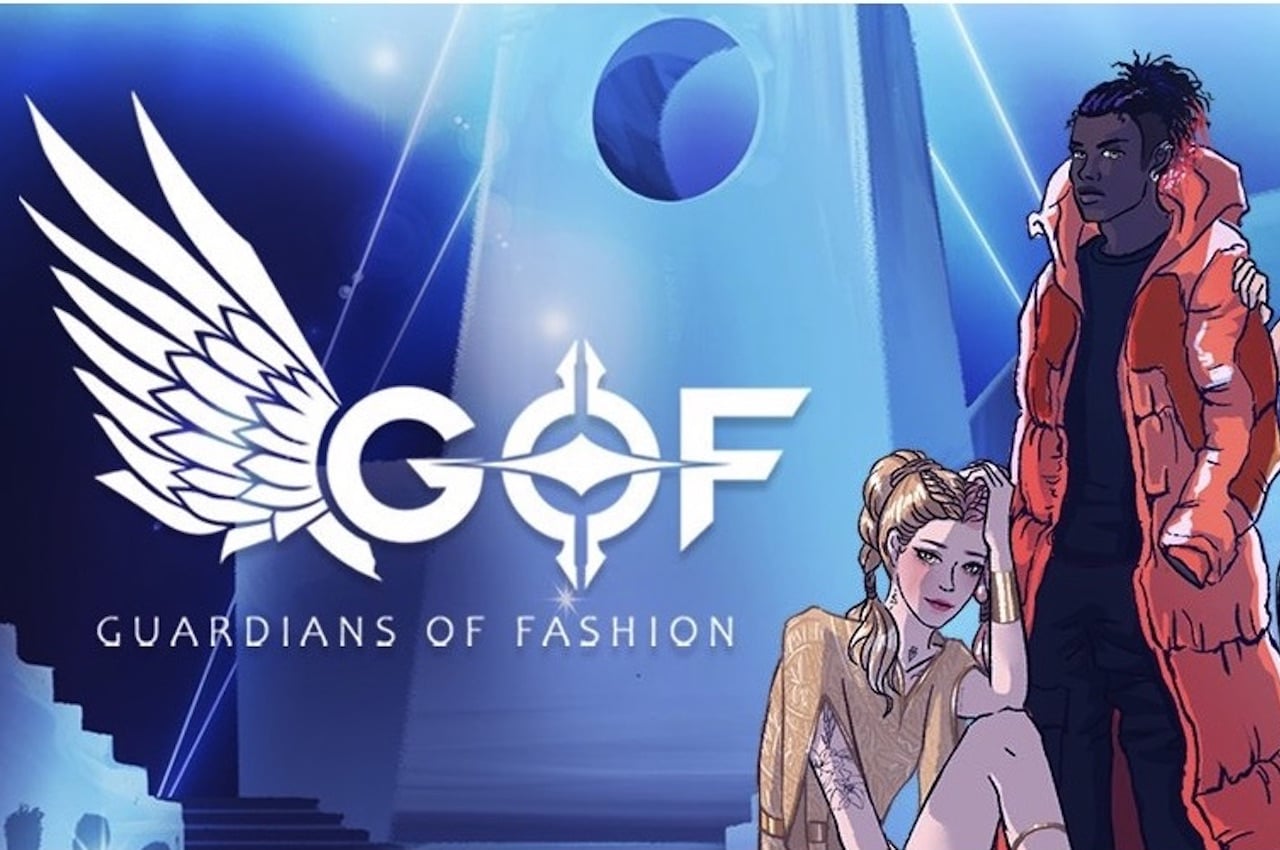
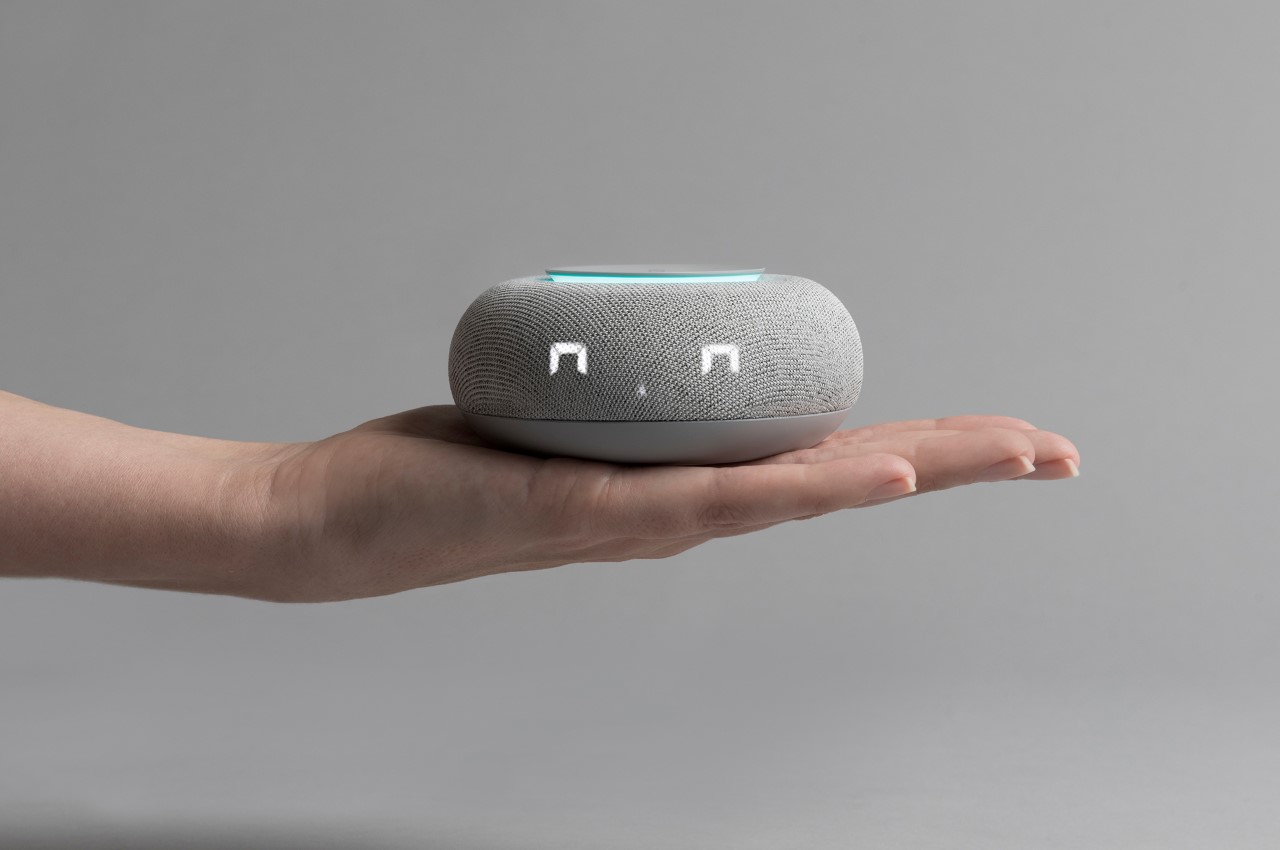
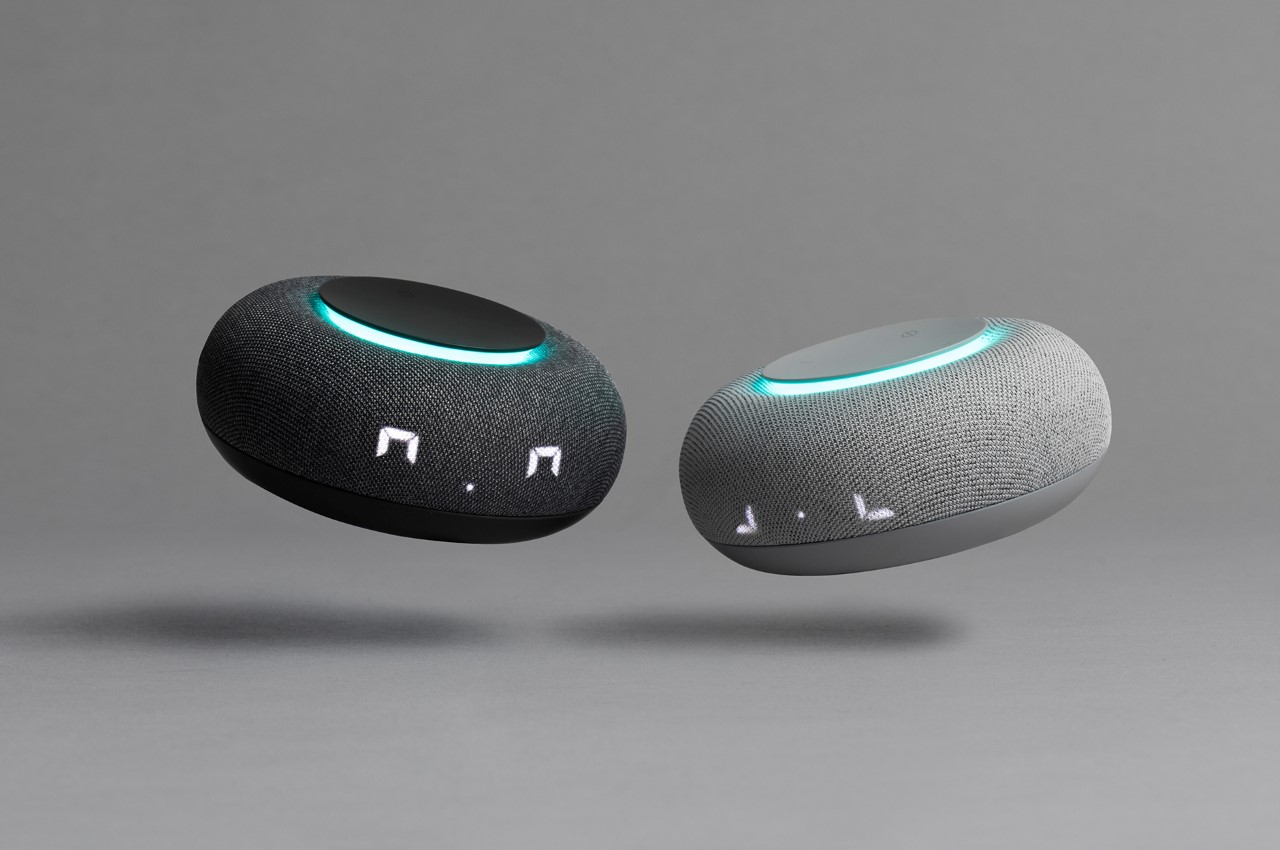
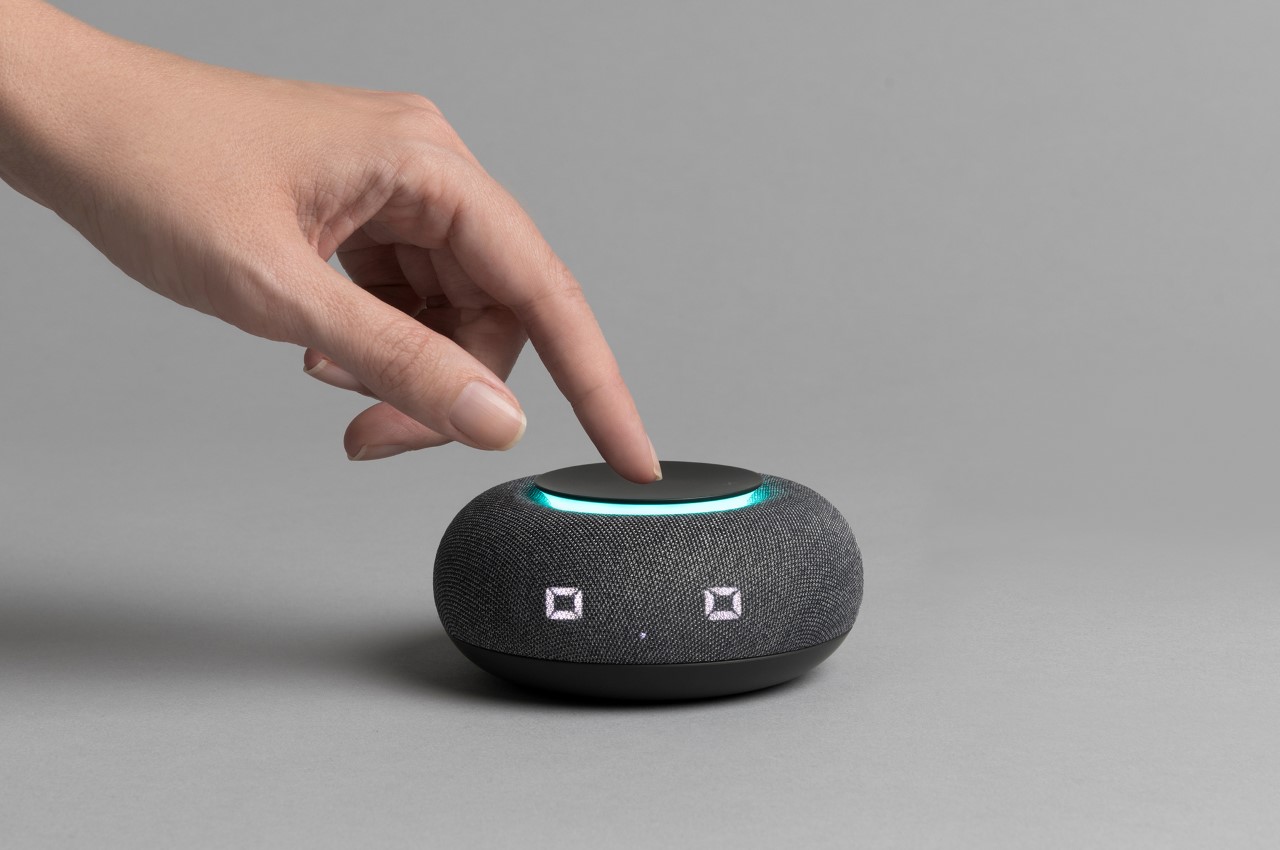
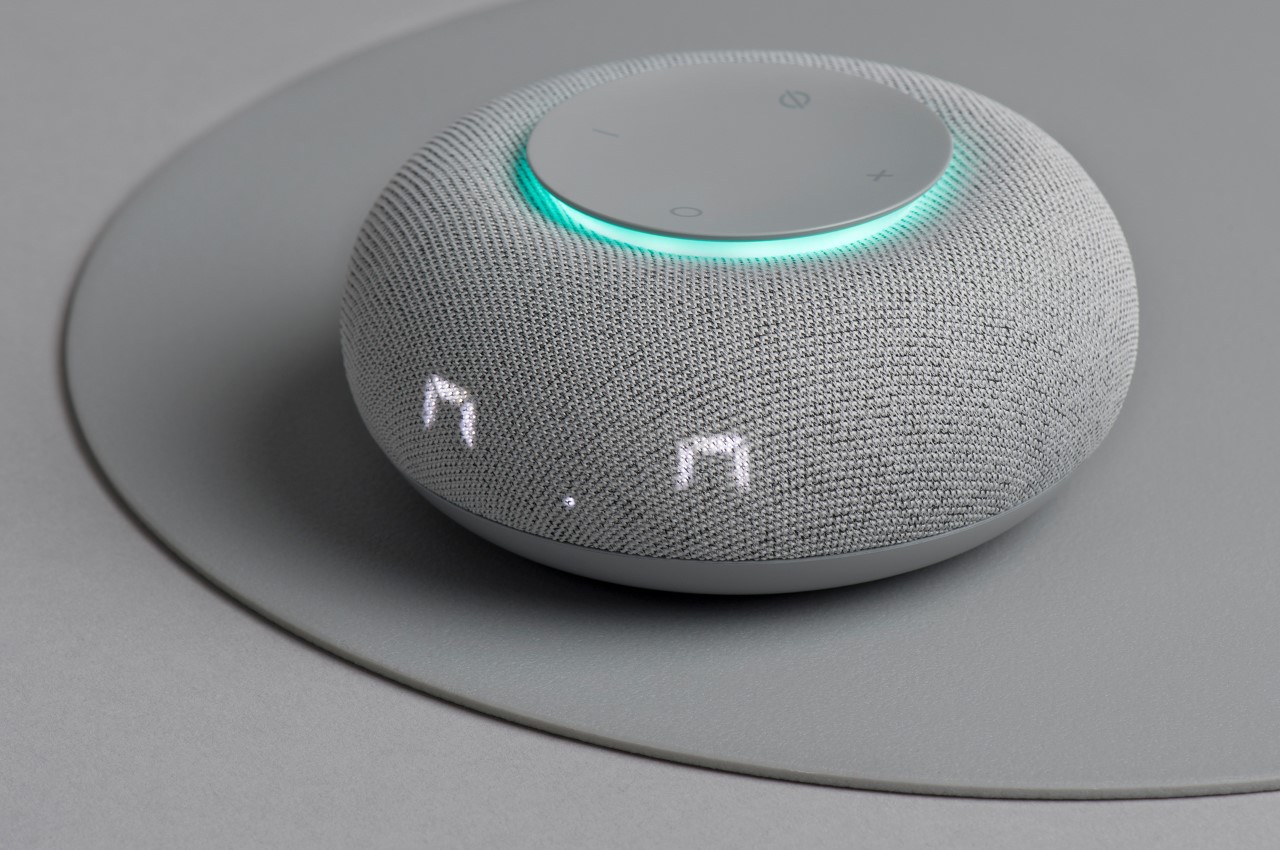
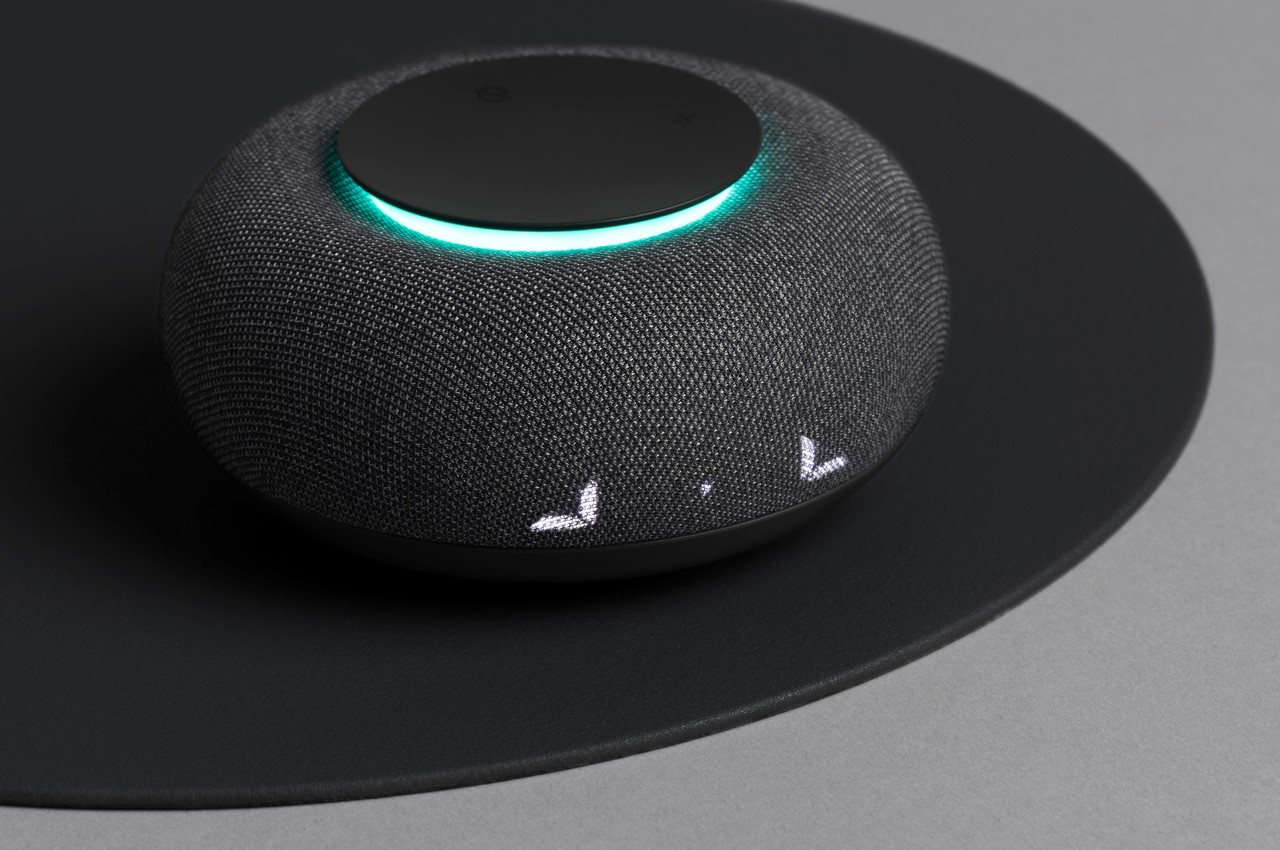

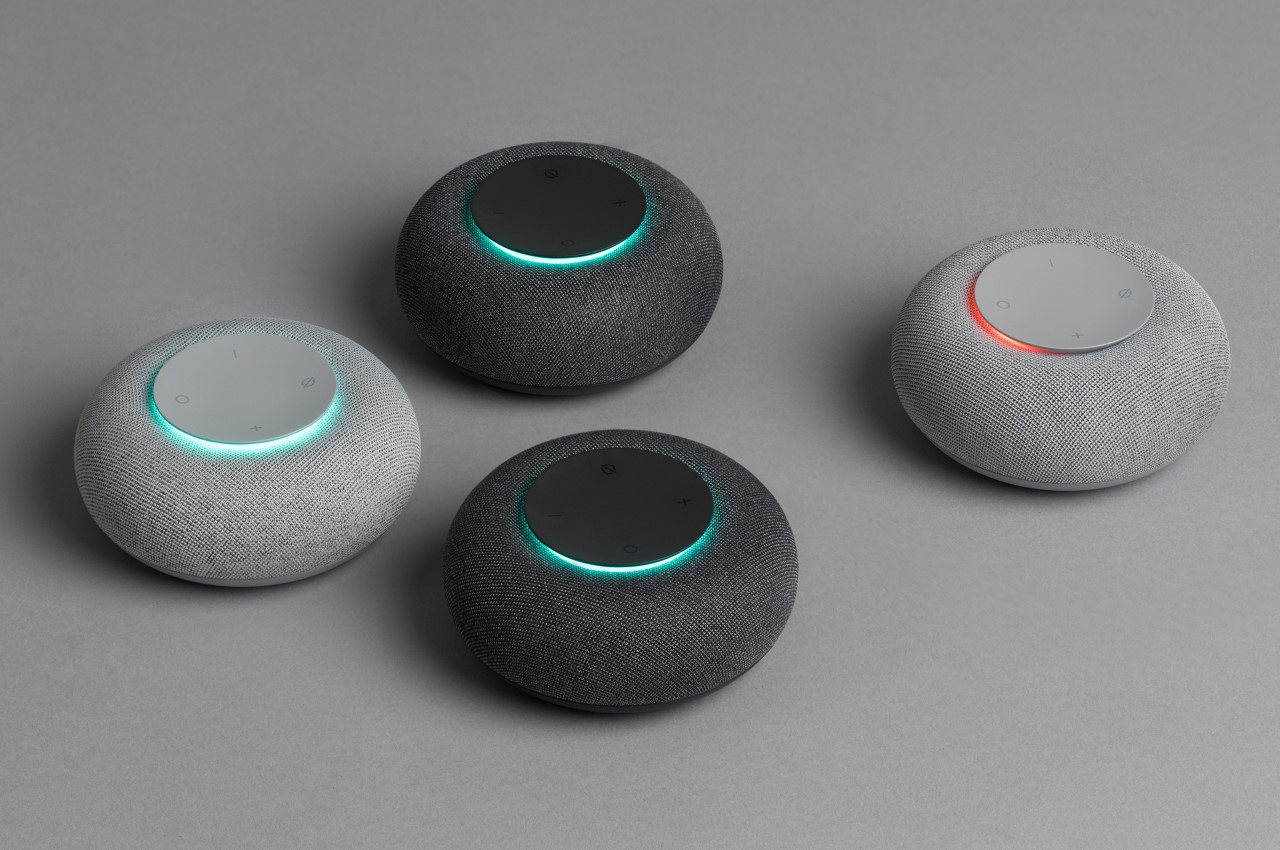
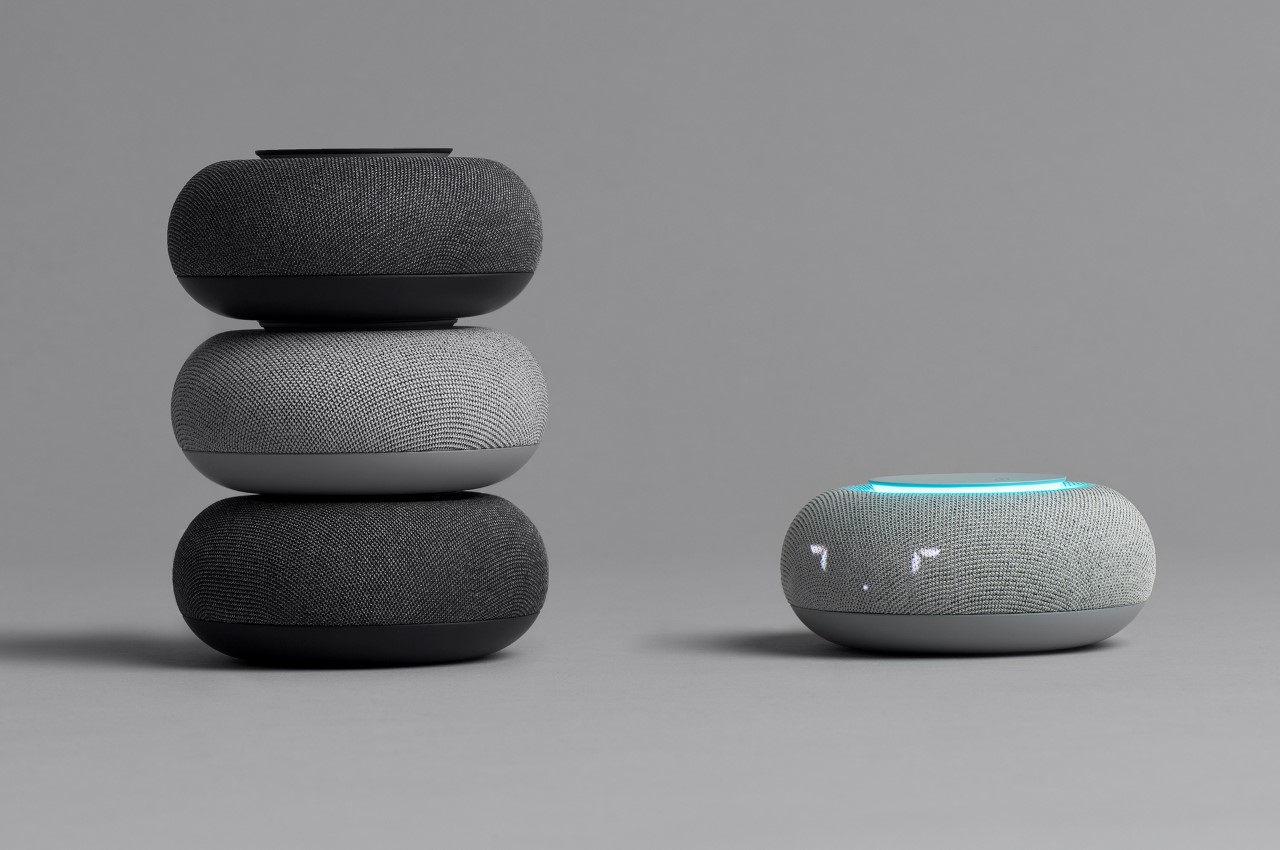

 Roblox has seen an impressive range of crossovers since its arrival in 2015. The game-slash-development platform has linked up with Jurassic Park, Dr Seuss and Star Wars. Now it's getting the Doctor Who treatment.
Roblox has seen an impressive range of crossovers since its arrival in 2015. The game-slash-development platform has linked up with Jurassic Park, Dr Seuss and Star Wars. Now it's getting the Doctor Who treatment.
 It's not unheard of for Make-A-Wish Foundation kids to request tours of their favorite game studios, but when 2K heard that 15-year-old Make-A-Wish recipient William Floyd wanted to visit the NBA 2K headquarters in Novato, California, the company dec...
It's not unheard of for Make-A-Wish Foundation kids to request tours of their favorite game studios, but when 2K heard that 15-year-old Make-A-Wish recipient William Floyd wanted to visit the NBA 2K headquarters in Novato, California, the company dec...
 Mercedes has made sure to play up its tech chops during the past few CES events and this year is no different. But instead of a straight autonomous electric vehicle, they've gone a little wacky with the vehicle that's based on the Avatar movie. Yeah,...
Mercedes has made sure to play up its tech chops during the past few CES events and this year is no different. But instead of a straight autonomous electric vehicle, they've gone a little wacky with the vehicle that's based on the Avatar movie. Yeah,...
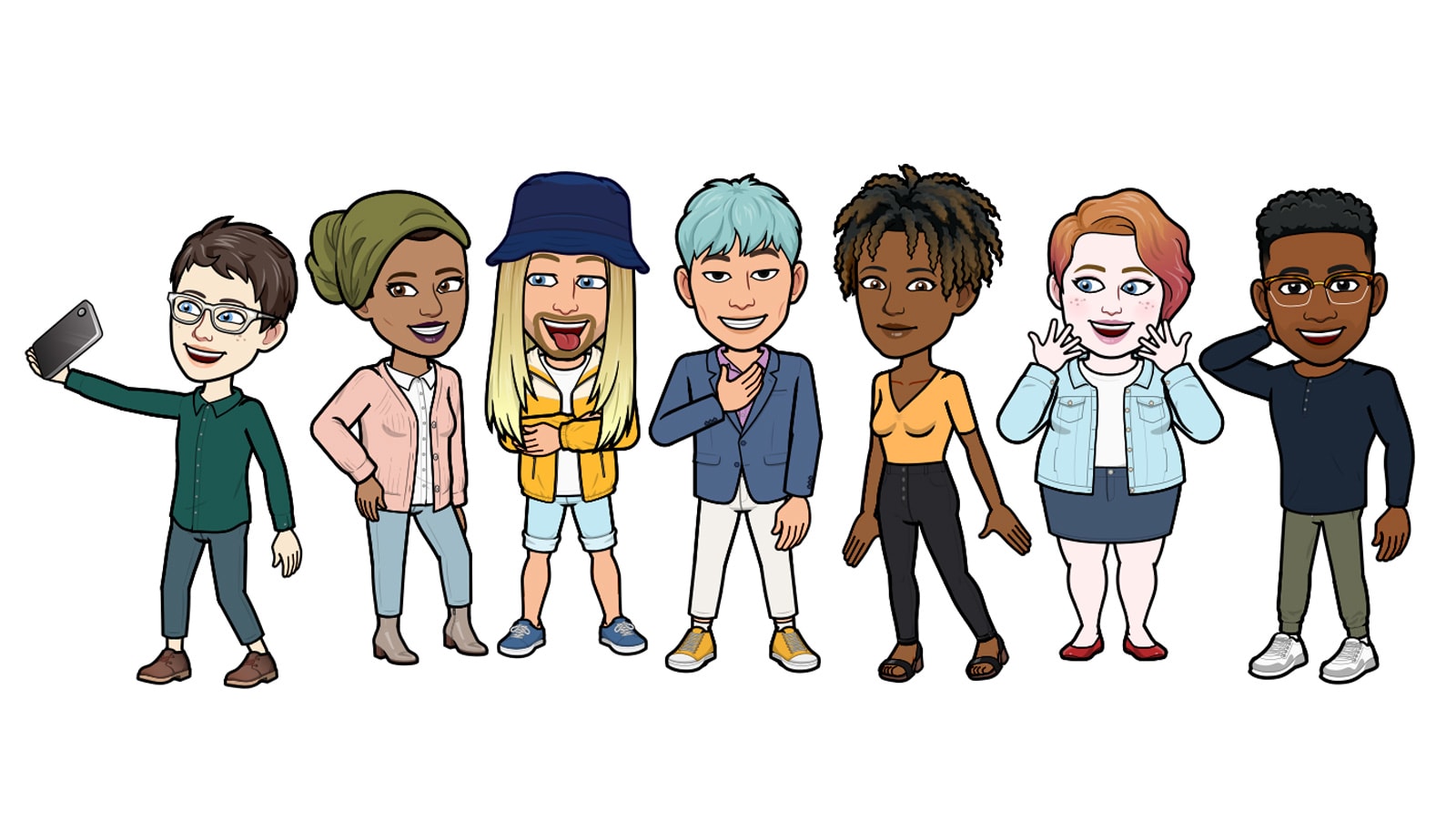 It's now easier to be a rugged individualist... as far as a digital avatar will allow, anyway. Snap is rolling out a Mix and Match option for Bitmoji on Android and iOS that, as the name implies, lets you customize your virtual persona's clothing on...
It's now easier to be a rugged individualist... as far as a digital avatar will allow, anyway. Snap is rolling out a Mix and Match option for Bitmoji on Android and iOS that, as the name implies, lets you customize your virtual persona's clothing on...
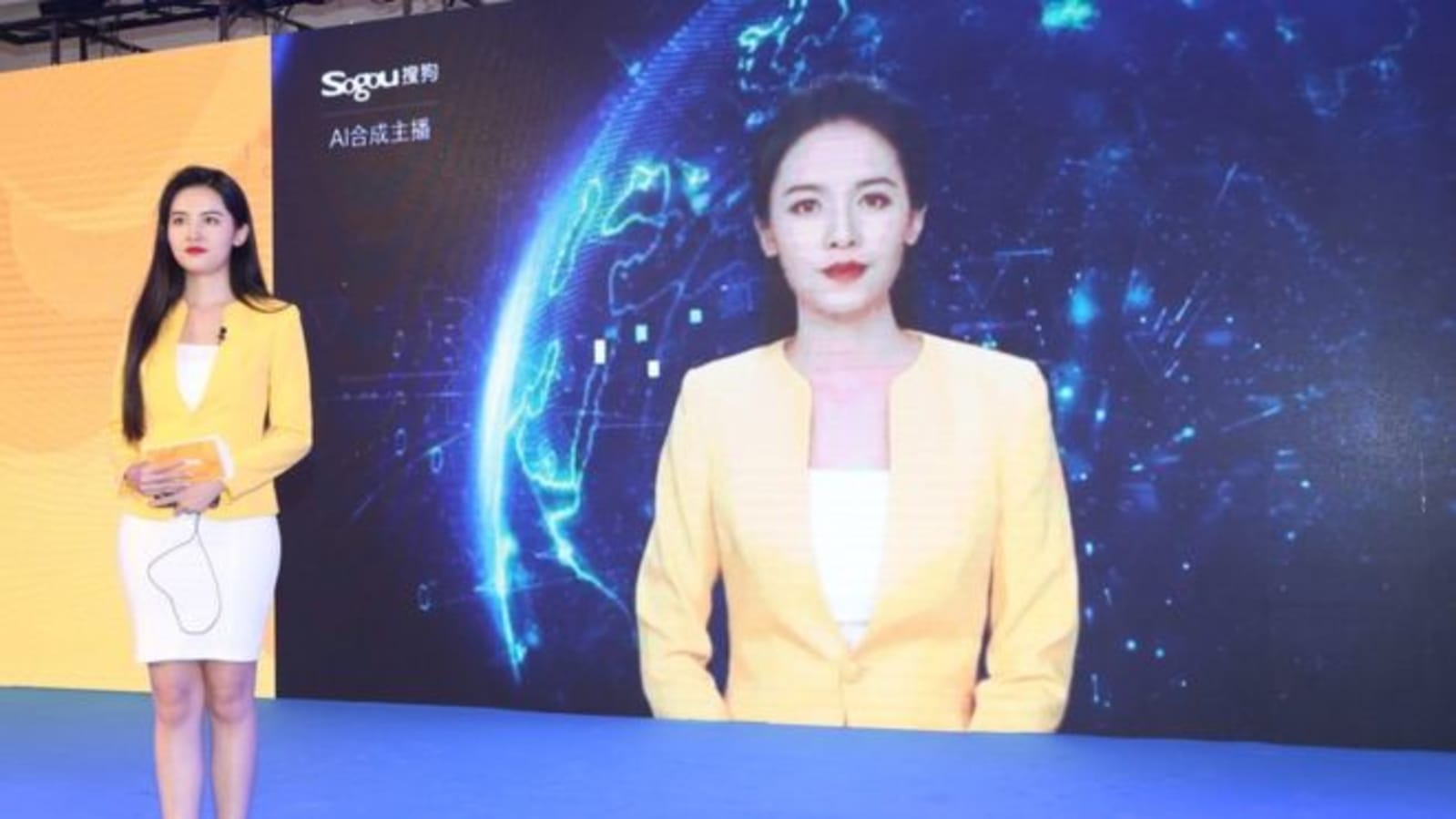 The Chinese search engine Sogou isn't stopping at AI news anchors. The company has created "lifelike" avatars of two Chinese authors, and it plans to have them narrate audiobooks in video recordings. According to the BBC, Sogou used AI, text-to-speec...
The Chinese search engine Sogou isn't stopping at AI news anchors. The company has created "lifelike" avatars of two Chinese authors, and it plans to have them narrate audiobooks in video recordings. According to the BBC, Sogou used AI, text-to-speec...